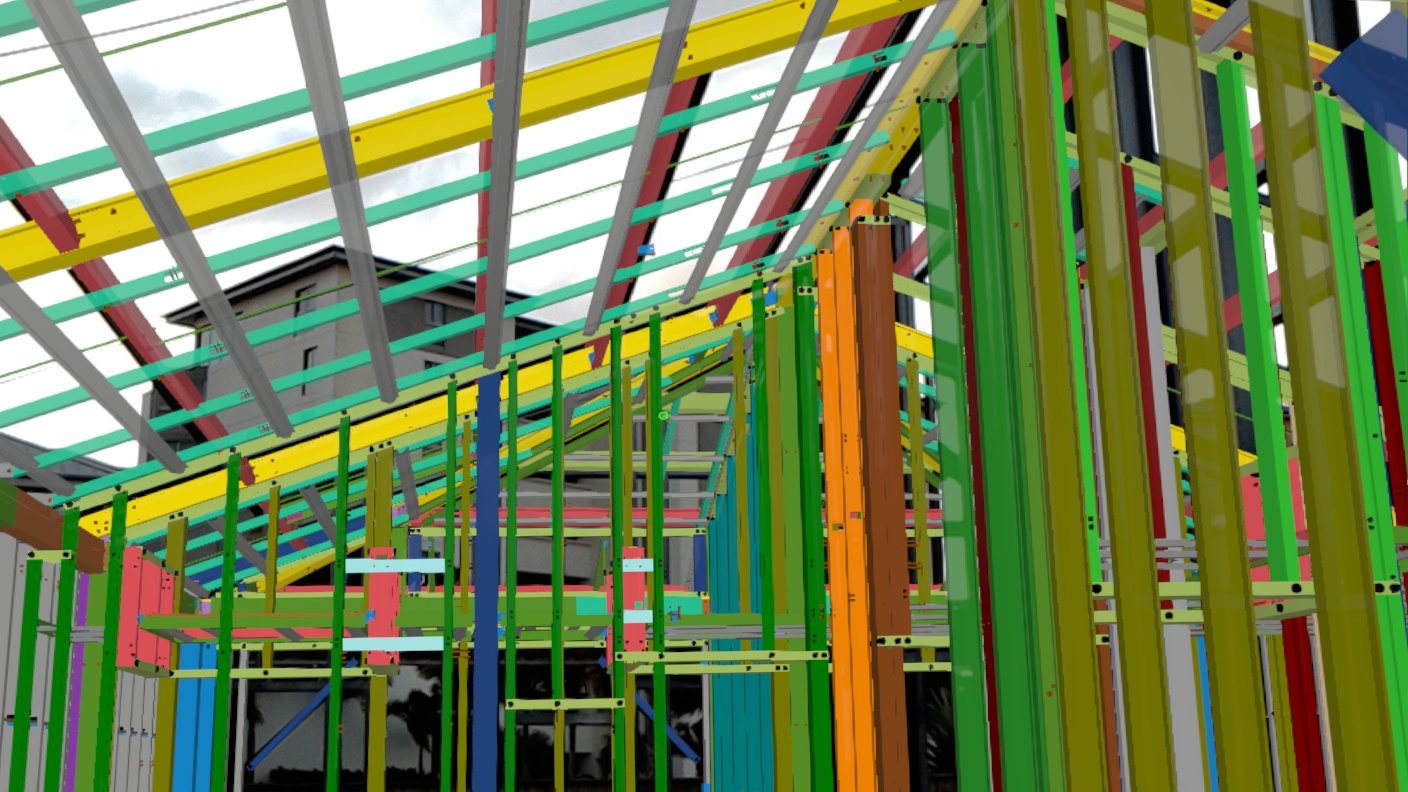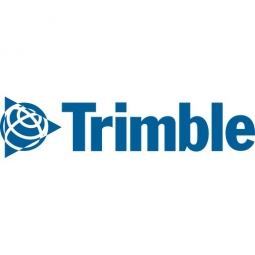下载PDF
Termotex S.A. Streamlines Workflows and Boosts Productivity with Trimble's Connected Construction Technology

技术
- 分析与建模 - 虚拟和增强现实(AR/VR)软件
- 可穿戴设备 - 增强现实(AR)眼镜/耳机/控制器
适用行业
- 水泥
- 建筑与基础设施
适用功能
- 产品研发
- 质量保证
用例
- 施工管理
- 混合现实
服务
- 系统集成
- 测试与认证
挑战
直到最近,Termotex SA 一直需要一名项目工程师和一名质量控制检查员在现场帮助协调工作人员、破译蓝图、检查 2D 蓝图,并将其与现场的 3D 施工相匹配。即便如此,这通常还不足以避免因信息不正确或过时而导致的错误和冲突。
为了帮助克服这一挑战,该公司开始自己创建 BIM 设计,并在工作现场改用平板电脑而不是纸质蓝图,这有助于避免一些错误。
客户
Termotex SA
关于客户
Termotex SA是一家创新的国际公司,专门从事毫米精度工业化绝缘结构系统的设计、集成、预制和组装。 Termotex SA 拥有超过 15 年的经验,在巴拿马、阿鲁巴、库拉索、博内尔、多米尼加共和国和美国设有办事处,并立志成为美国此类系统的主要供应商。
解决方案
Termotex 采用了多种 Trimble 技术解决方案,以在整个设计、建造和运营生命周期中最大限度地利用建设性数据和实时协作。从用于 BIM 设计的 Trimble Tekla Structures 开始,Termotex SA 的设计师和工程师现在可以创建全面、信息丰富的 3D 模型,其中包含构建和维护结构所需的所有数据。
精确的几何形状有助于更早地发现问题,而数据丰富的组件反映了物理组件,以帮助确保设计转化为现实。 Termotex SA 还使用 Trimble SysQue 创建可构建的 MEP 模型,该模型基于可用于制造的实际制造特定内容。
运营影响
数量效益
相关案例.

Case Study
System 800xA at Indian Cement Plants
Chettinad Cement recognized that further efficiencies could be achieved in its cement manufacturing process. It looked to investing in comprehensive operational and control technologies to manage and derive productivity and energy efficiency gains from the assets on Line 2, their second plant in India.

Case Study
IoT System for Tunnel Construction
The Zenitaka Corporation ('Zenitaka') has two major business areas: its architectural business focuses on structures such as government buildings, office buildings, and commercial facilities, while its civil engineering business is targeted at structures such as tunnels, bridges and dams. Within these areas, there presented two issues that have always persisted in regard to the construction of mountain tunnels. These issues are 'improving safety" and "reducing energy consumption". Mountain tunnels construction requires a massive amount of electricity. This is because there are many kinds of electrical equipment being used day and night, including construction machinery, construction lighting, and ventilating fan. Despite this, the amount of power consumption is generally not tightly managed. In many cases, the exact amount of power consumption is only ascertained when the bill from the power company becomes available. Sometimes, corporations install demand-monitoring equipment to help curb the maximum power demanded. However, even in these cases, the devices only allow the total volume of power consumption to be ascertained, or they may issue warnings to prevent the contracted volume of power from being exceeded. In order to tackle the issue of reducing power consumption, it was first necessary to obtain an accurate breakdown of how much power was being used in each particular area. In other words, we needed to be able to visualize the amount of power being consumed. Safety, was also not being managed very rigorously. Even now, tunnel construction sites often use a 'name label' system for managing entry into the work site. Specifically, red labels with white reverse sides that bear the workers' names on both sides are displayed at the tunnel work site entrance. The workers themselves then flip the name label to the appropriate side when entering or exiting from the work site to indicate whether or not they are working inside the tunnel at any given time. If a worker forgets to flip his or her name label when entering or exiting from the tunnel, management cannot be performed effectively. In order to tackle the challenges mentioned above, Zenitaka decided to build a system that could improve the safety of tunnel construction as well as reduce the amount of power consumed. In other words, this new system would facilitate a clear picture of which workers were working in each location at the mountain tunnel construction site, as well as which processes were being carried out at those respective locations at any given time. The system would maintain the safety of all workers while also carefully controlling the electrical equipment to reduce unnecessary power consumption. Having decided on the concept, our next concern was whether there existed any kind of robust hardware that would not break down at the construction work site, that could move freely in response to changes in the working environment, and that could accurately detect workers and vehicles using radio frequency identification (RFID). Given that this system would involve many components that were new to Zenitaka, we decided to enlist the cooperation of E.I.Sol Co., Ltd. ('E.I.Sol') as our joint development partner, as they had provided us with a highly practical proposal.

Case Study
Splunk Partnership Ties Together Big Data & IoT Services
Splunk was faced with the need to meet emerging customer demands for interfacing IoT projects to its suite of services. The company required an IoT partner that would be able to easily and quickly integrate with its Splunk Enterprise platform, rather than allocating development resources and time to building out an IoT interface and application platform.

Case Study
Bridge monitoring in Hamburg Port
Kattwyk Bridge is used for both rail and road transport, and it has played an important role in the Port of Hamburg since 1973. However, the increasing pressure from traffic requires a monitoring solution. The goal of the project is to assess in real-time the bridge's status and dynamic responses to traffic and lift processes.

Case Study
Bellas Landscaping
Leading landscaping firm serving central Illinois streamlines operations with Samsara’s real-time fleet tracking solution: • 30+ vehicle fleet includes International Terrastar dump trucks and flatbeds, medium- and light-duty pickups from Ford and Chevrolet. Winter fleet includes of snow plows and salters.






